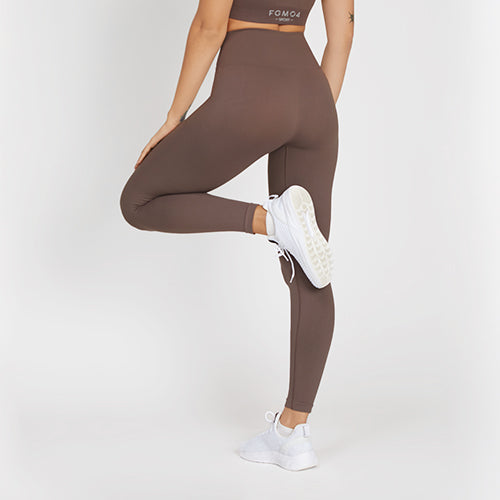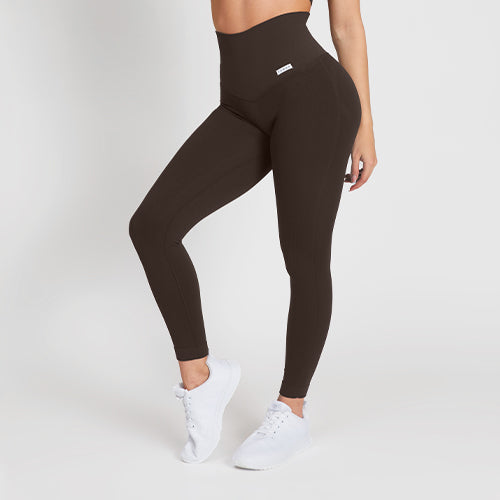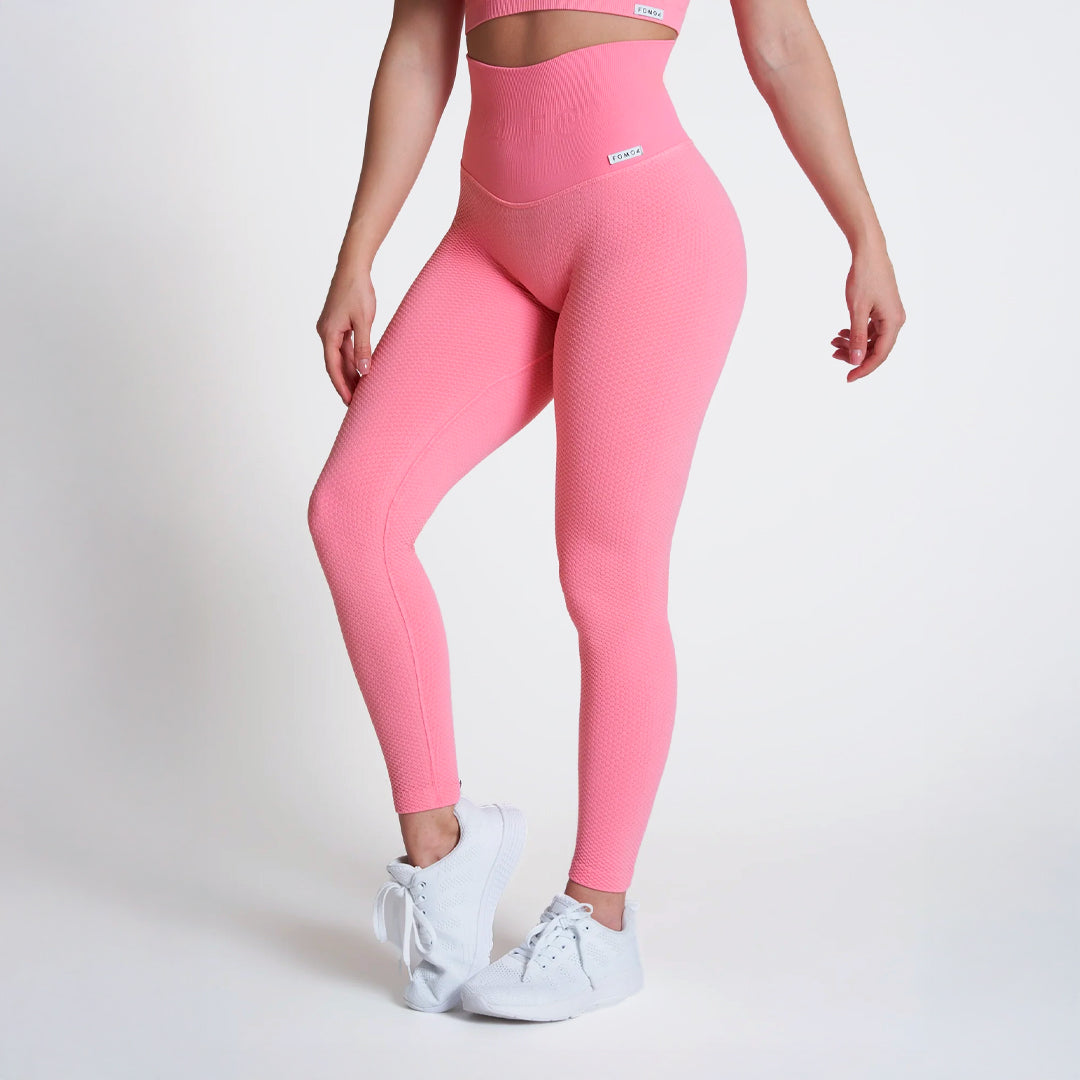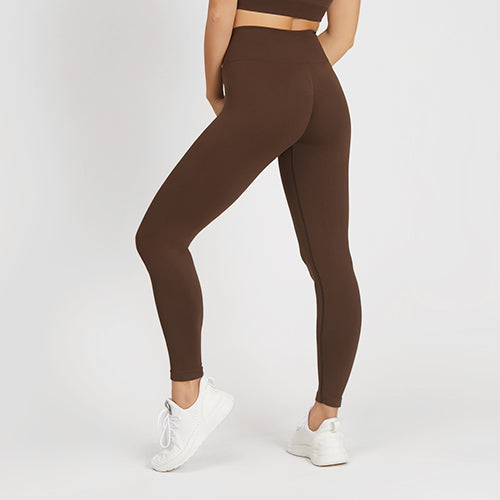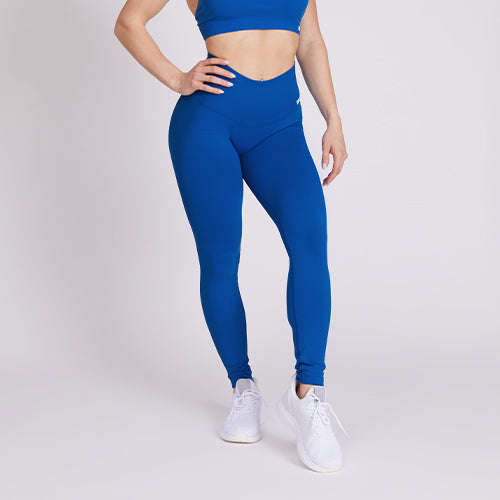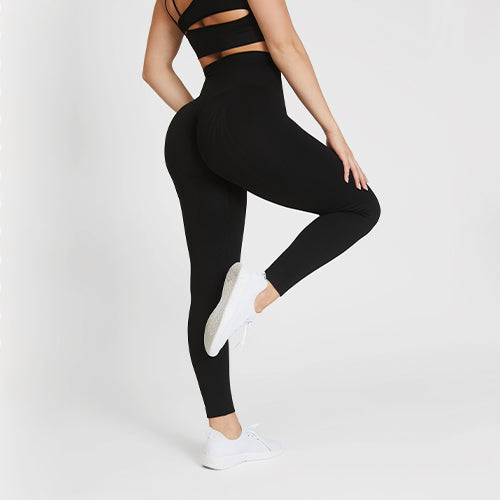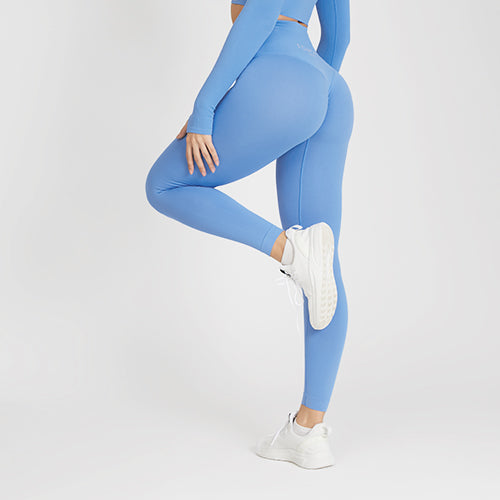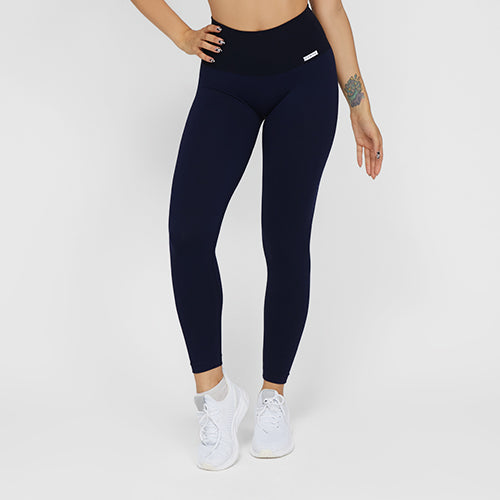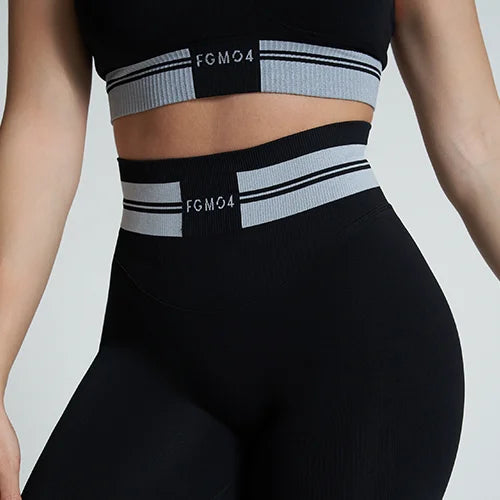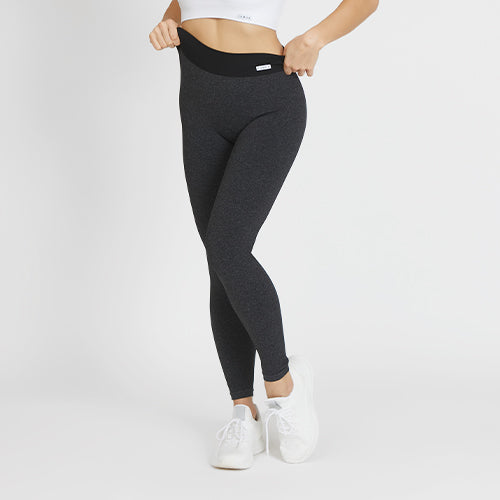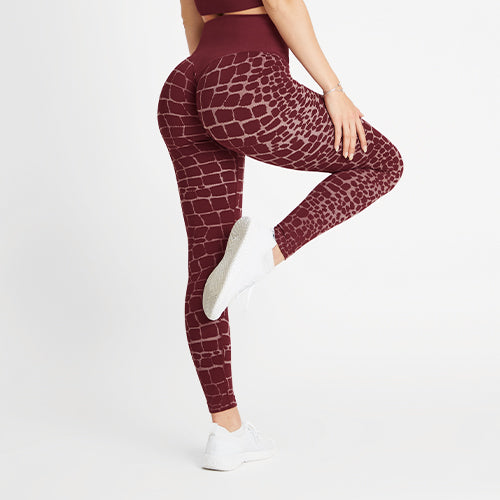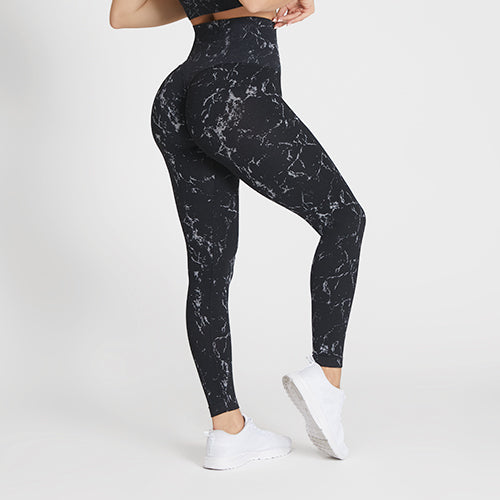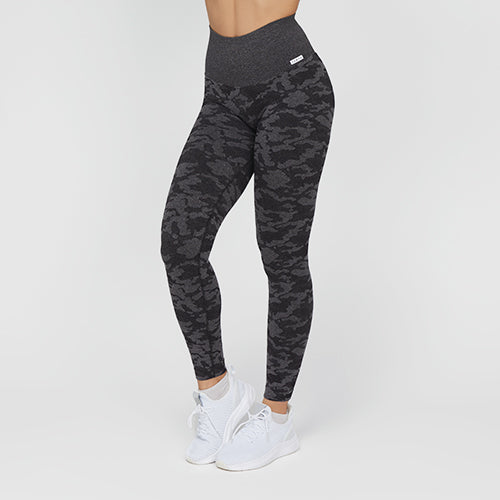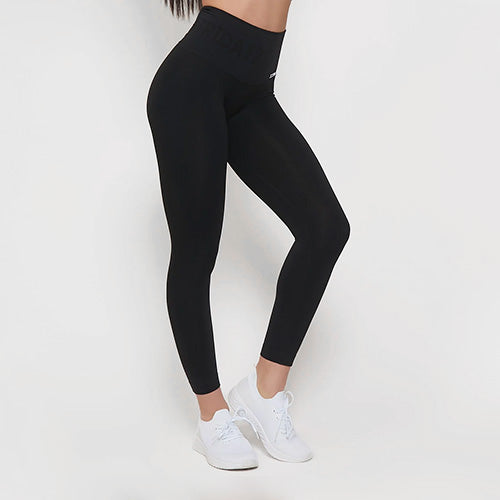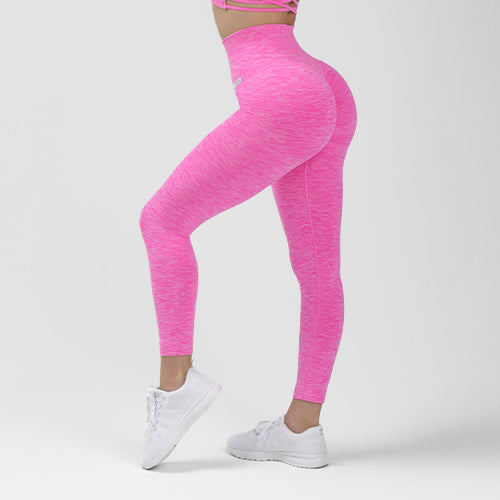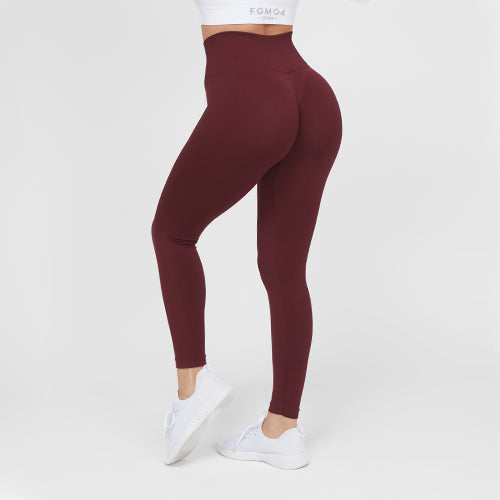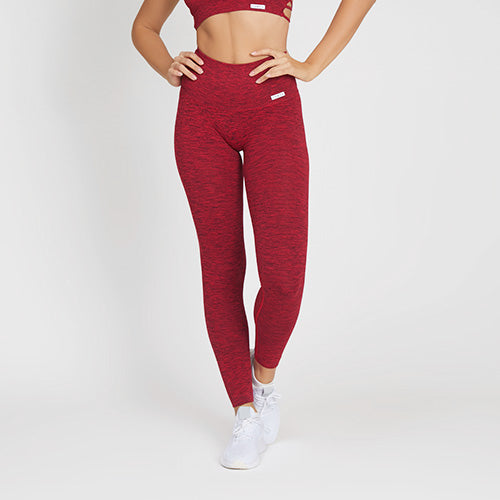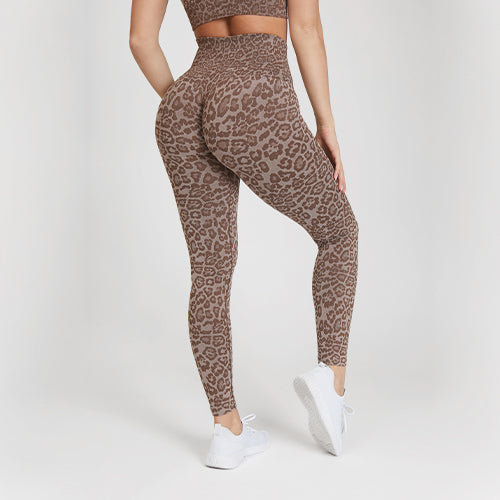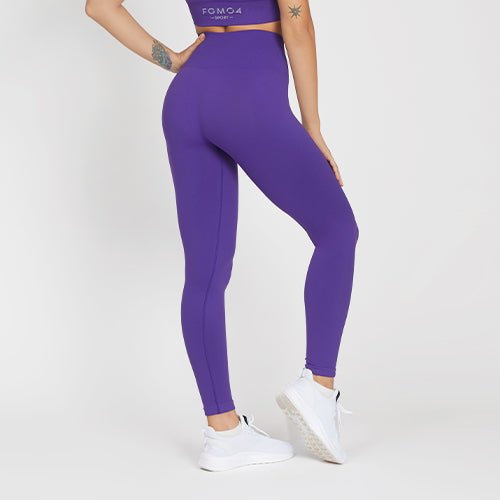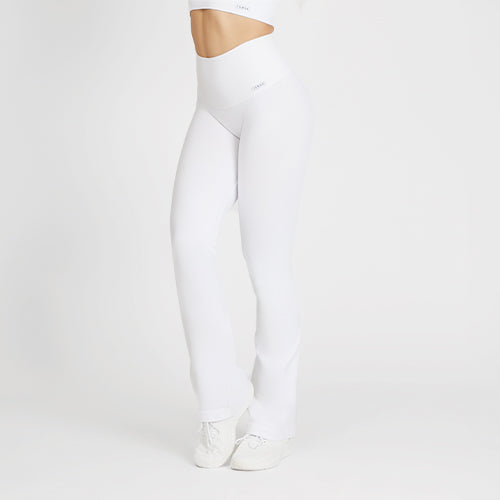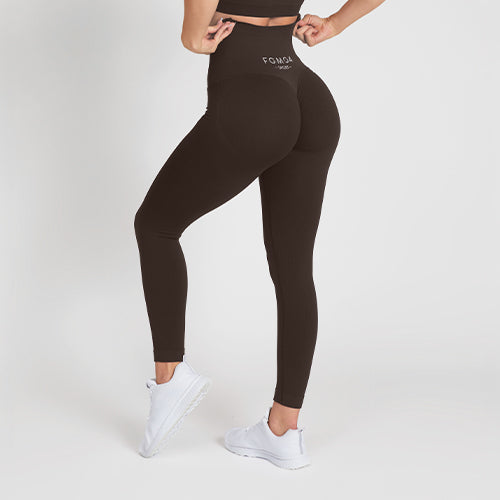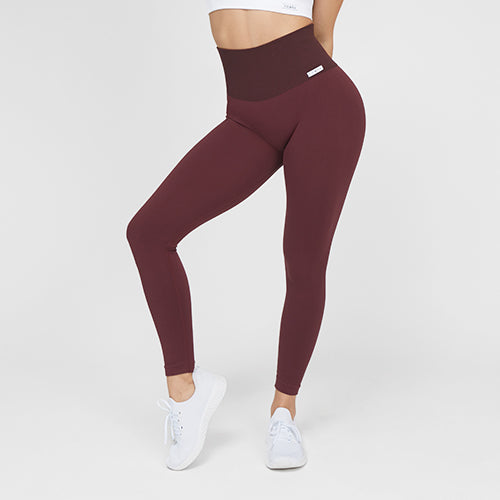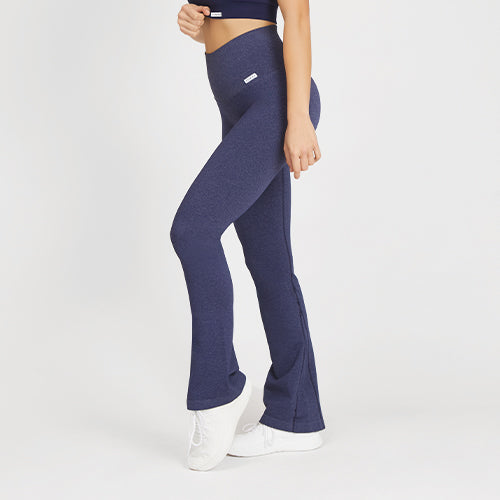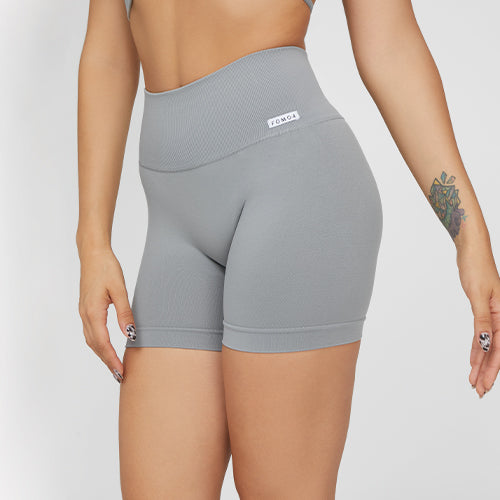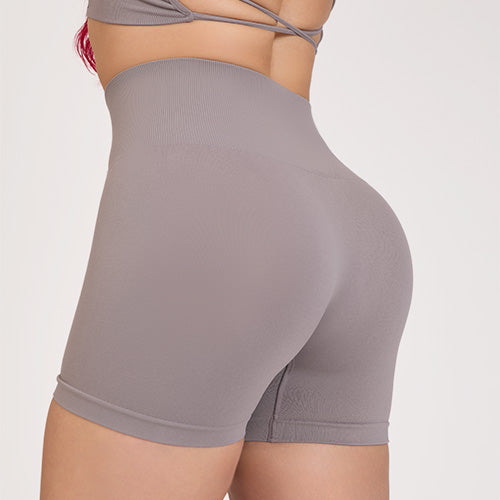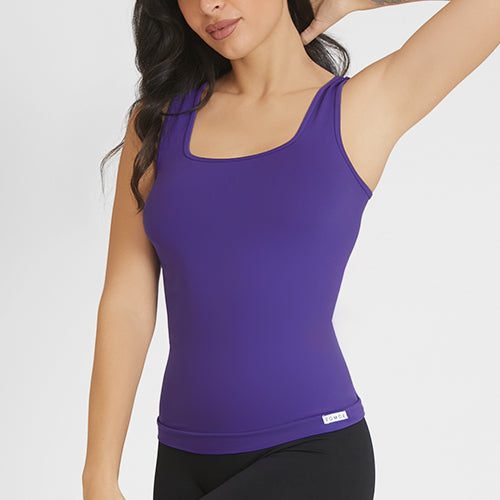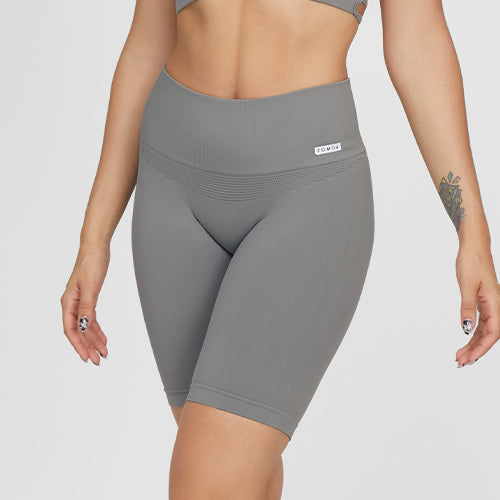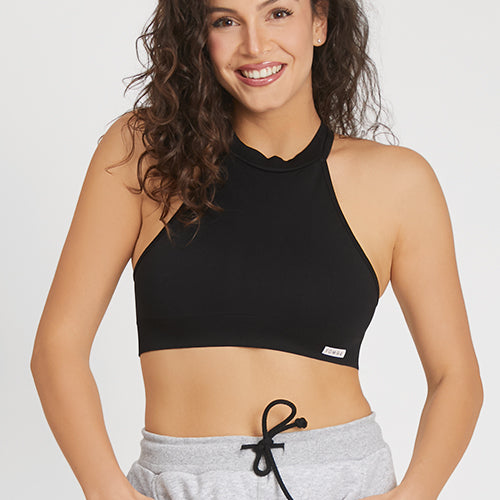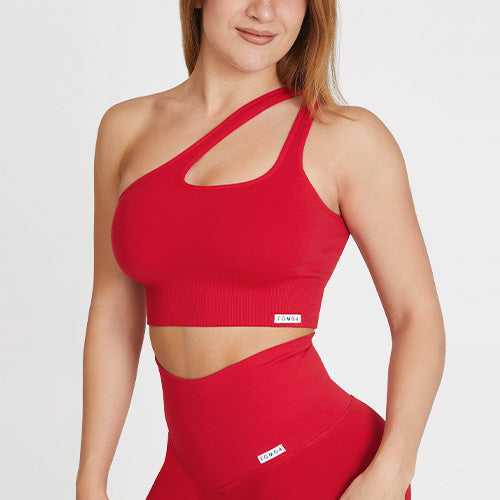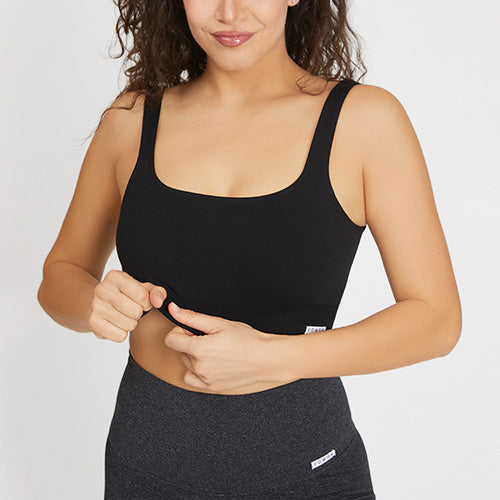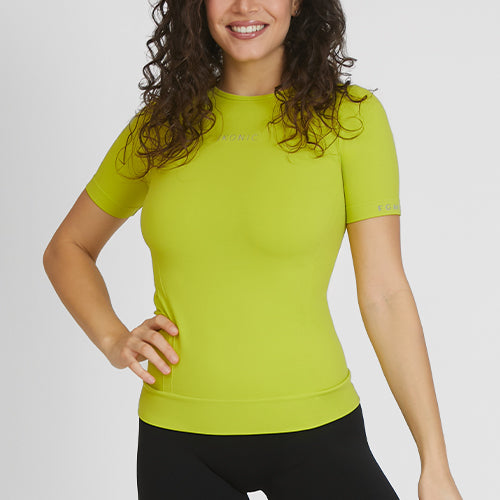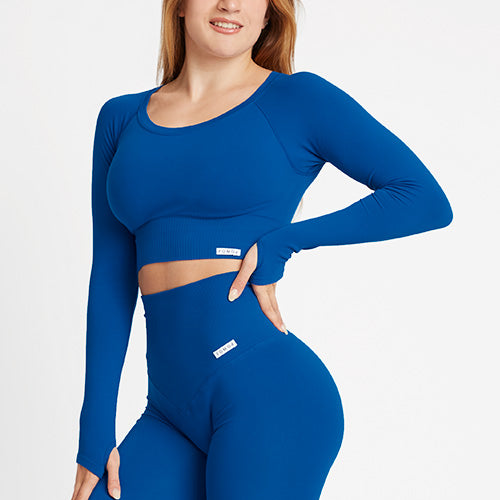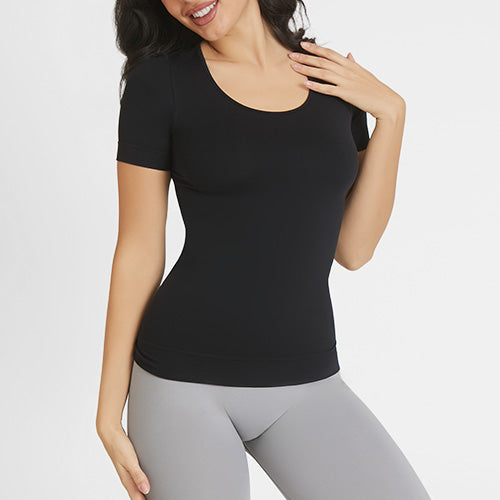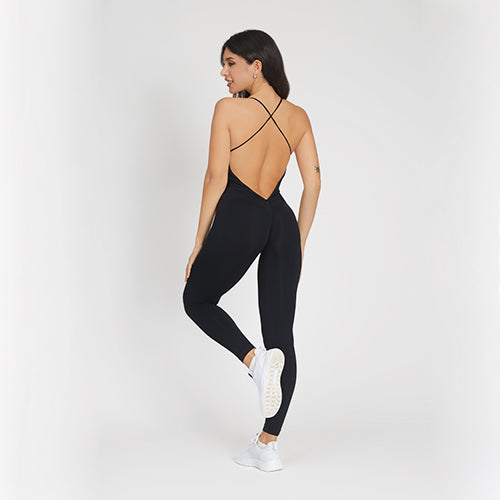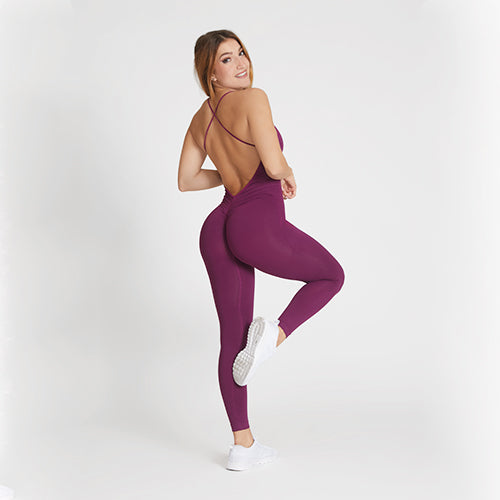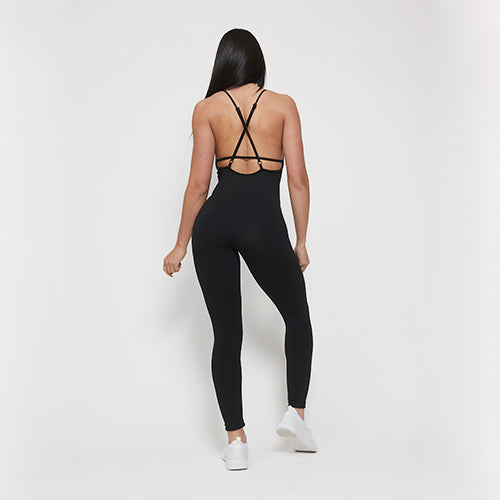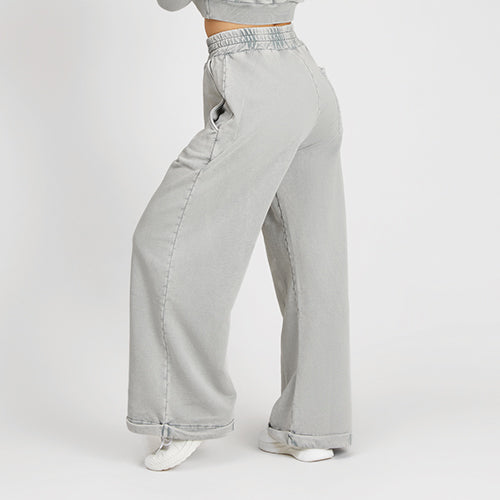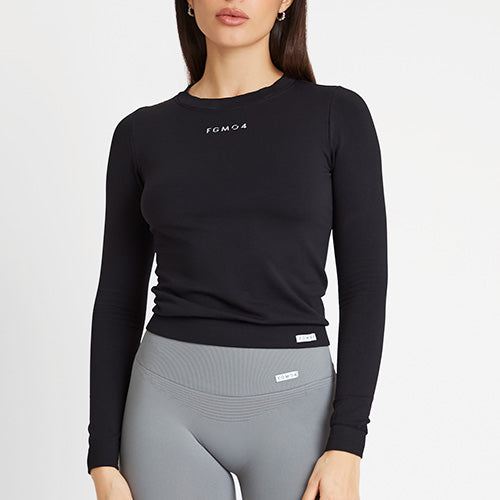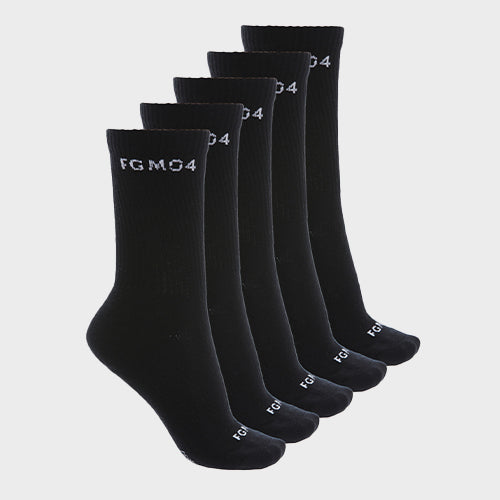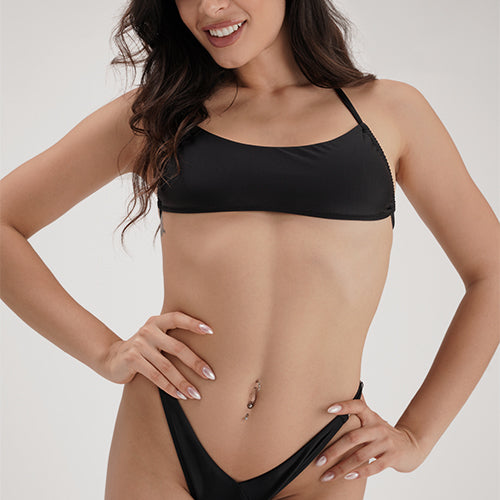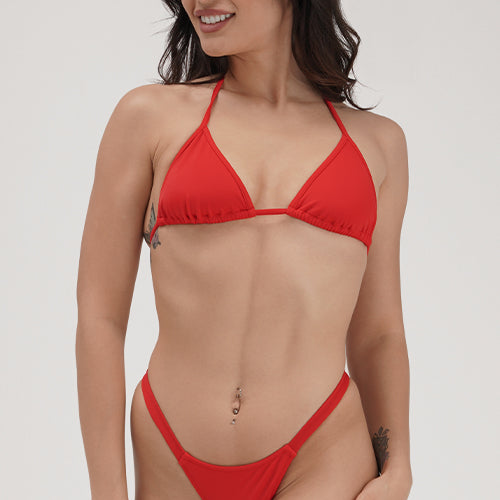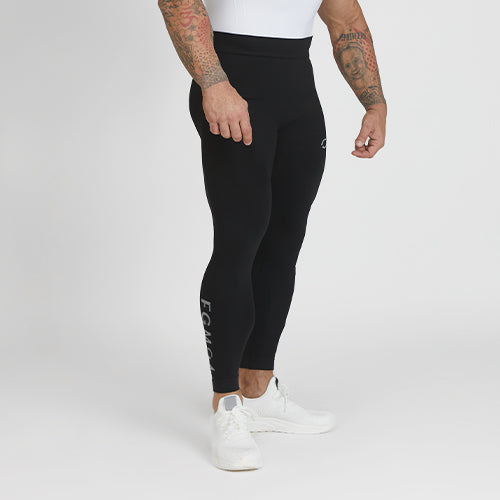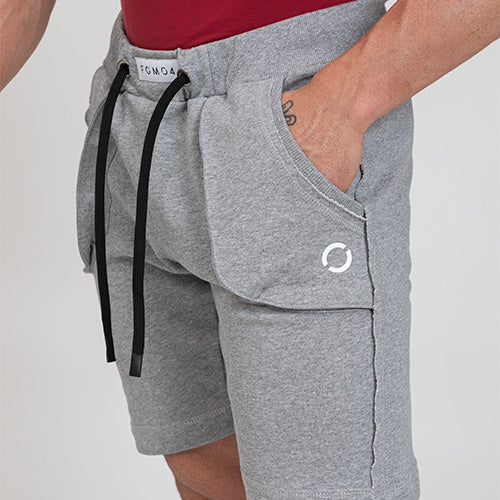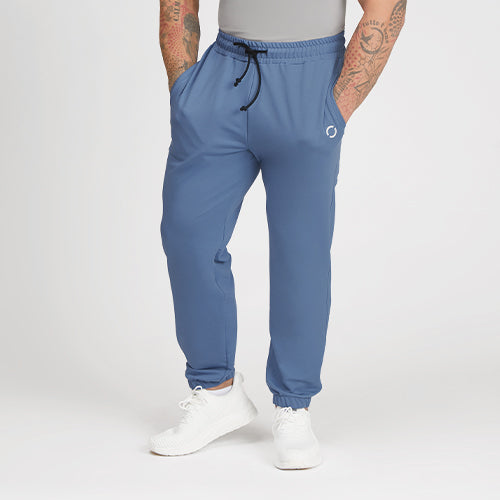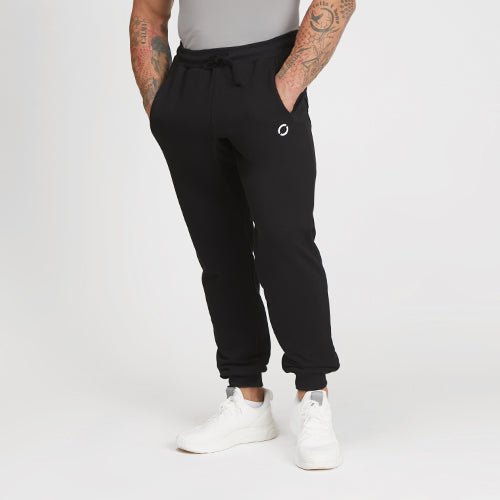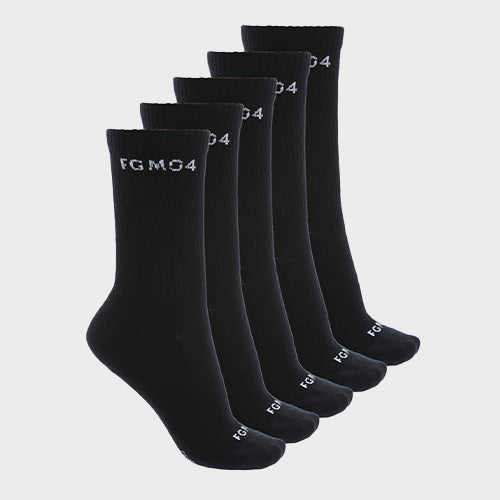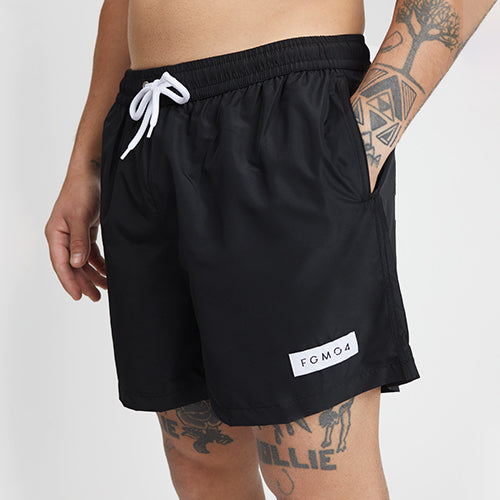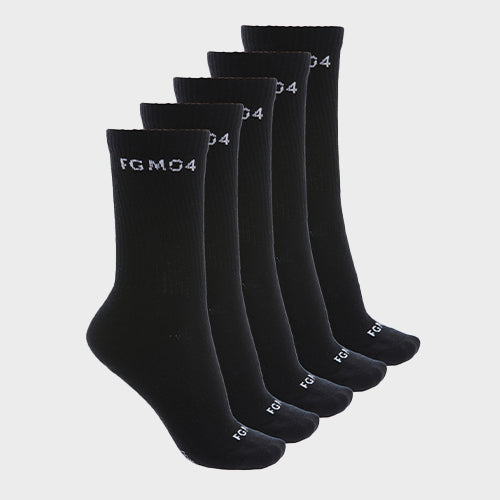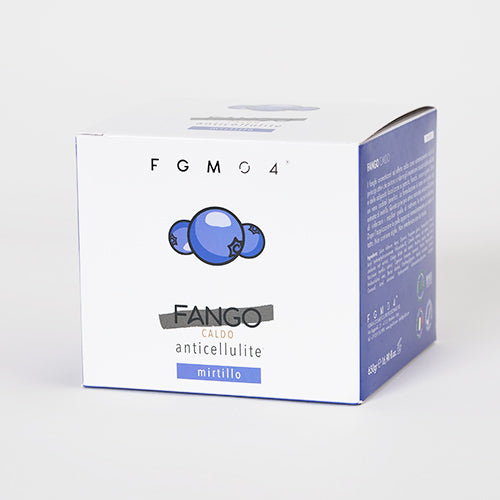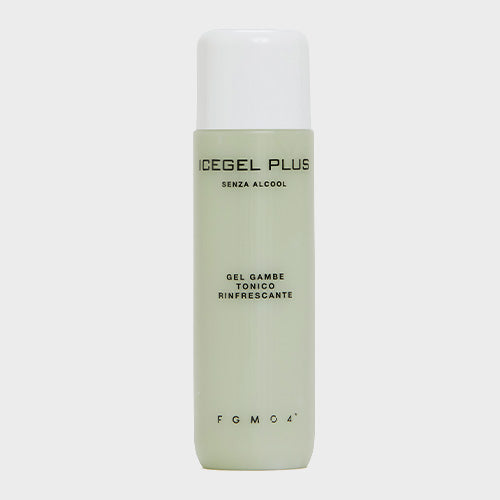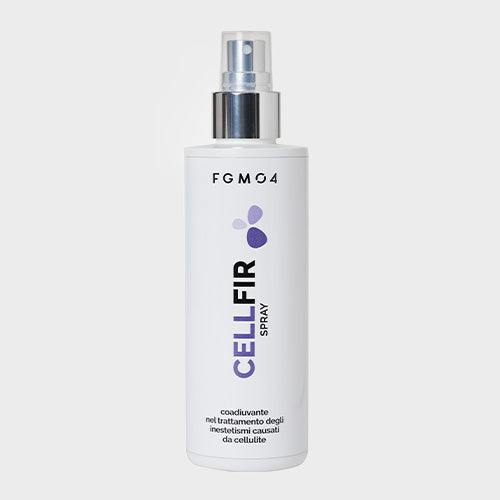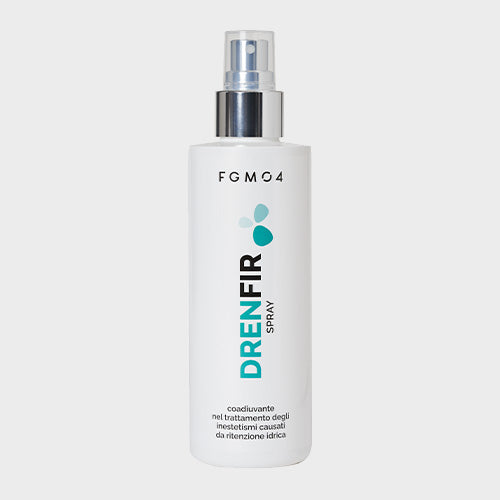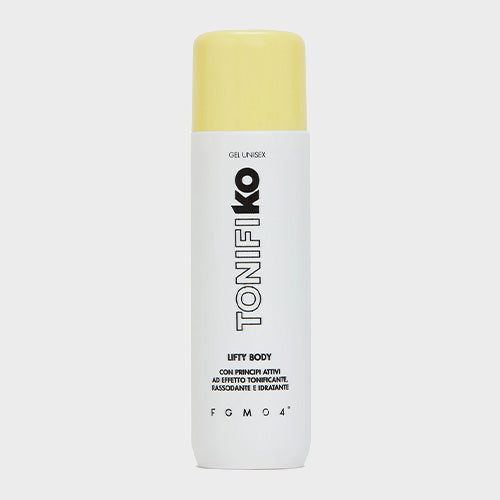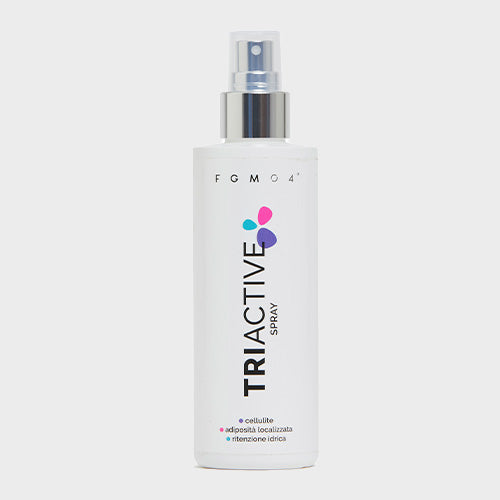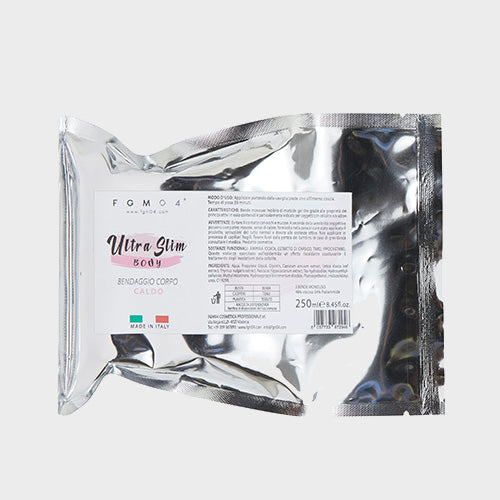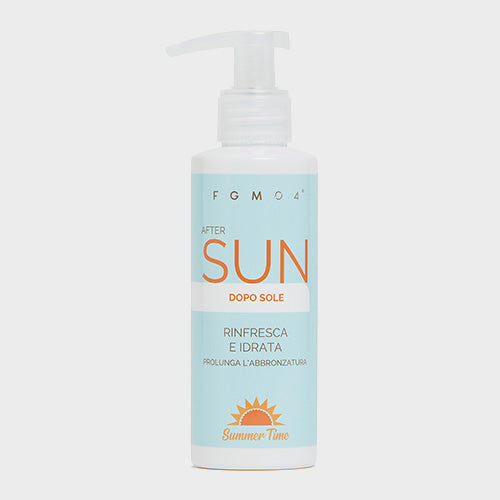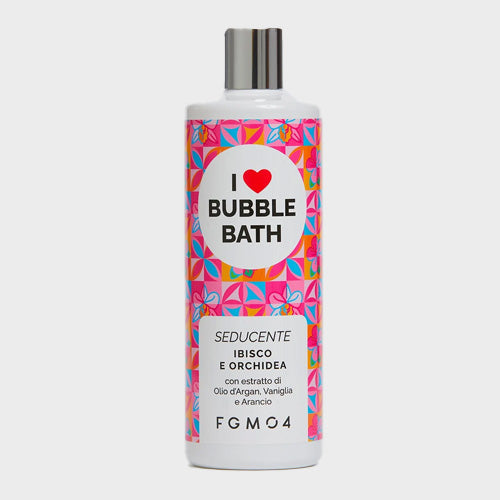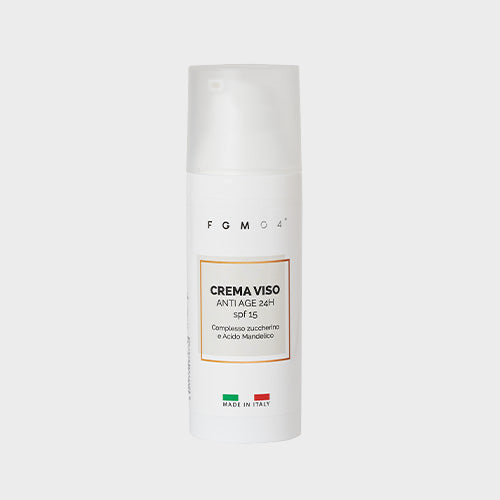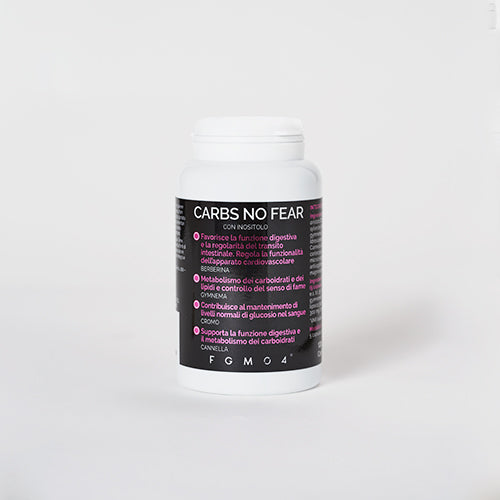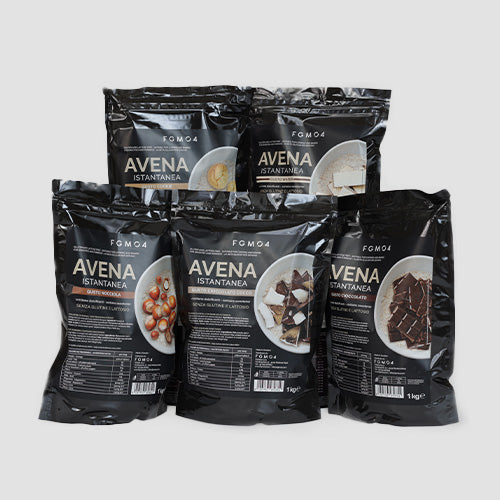Edematous, Fibrous, Sclerotic Cellulite: All the Differences
Let's get back to talking about cellulite, a topic that concerns millions of women (and even some men!) around the world. This is a topic that is very close to our hearts: for years we have invested time and resources in the development of specific anti-cellulite remedies such as creams, muds, anti-cellulite gels that every day help many people to combat this much-feared blemish.
Today we will take a little theoretical excursus, which is very important for acting effectively and in a targeted manner: let's look in detail at the different types of cellulite.
What are the different types of cellulite?
An obstacle with many facets. As already mentioned in the article “Reduce Cellulite Fast: 4 Effective Solutions”, in fact, there are different types of cellulite. The scientific community has identified three different forms of cellulite, each of which represents what is commonly called a “stage”:
- Stage I: edematous cellulite
- Stage II: Fibrous cellulite
- III stadio: cellulite sclerotica
Each stage has specific characteristics and requires different types of intervention. Let's discover them together.
Edematous, Fibrous and Sclerotic: The Stages of Cellulite
If you also suffer from cellulite, the first thing to do is try to identify the stage. Yes because, unlike what many people think, there is cellulite and cellulite: only by identifying the exact type will it be possible to decide the resolution strategy to be implemented and, if necessary, refer to the right expert who can help us solve the problem or at least silence the alarm bell.
Edematous Cellulite: How It Appears and What Are the Remedies?
The most well-known and widespread type, edematous cellulite is the one that is easiest to treat with do-it-yourself remedies, using appropriate creams and reviewing your lifestyle in good time.
Edematous cellulite presents with some small edemas, that is, unsightly swellings caused by a excessive accumulation of fluids and fats in the intracellular spaces which gives rise to the annoying blemish. The most affected areas are the legs, buttocks and abdomen.
But what is the cause of this fluid retention? The causes can be different: among the most frequent are hormonal problems, bad eating habits, genetic and hereditary factors, attitudes that increase pressure on the legs such as sitting for a long time crossing the limbs.
Among the remedies to prevent and eliminate edematous cellulite we suggest ahealthy and balanced diet, draining mud, constant targeted physical exercise such as brisk walking, cycling, hydrobike, water aerobics, exercise bike and drinking lots of water.
We take this opportunity to answer one of the most popular questions, namely: “Does edematous cellulite cause pain?”. The answer is usually no: the only way to notice its onset is to do a visual check up or ask your trusted beautician to report any anomalies in the tissues.

Fibrous Cellulite: What It Is and What Are the Remedies?
We now come to the second stage of cellulite, the so-called “fibrous cellulite”.
Natural evolution of untreated edematous cellulite, in fibrous cellulite the edemas caused by the stagnation of liquids transform into real nodules under the skin, hard to the touch and which over time become increasingly difficult to eradicate. This is where the name comes from: “fibrosa” indicates the formation of real fibres under the skin, annoying and sometimes painful. In practice, accumulated fats tend to solidify and create an increasingly impenetrable barrier, with unsightly repercussions and possible malfunctions of the circulatory system.
From a visual point of view, we are therefore starting to go beyond the mere “orange peel effect” that emerges with manual compression of the skin. And not only that: also the range of action it's getting bigger. In fact, it is common to find fibrous cellulite not only on the thighs, buttocks and stomach, but also on the arm, especially in the case of obese subjects.
In addition to the remedies listed above, to combat fibrous cellulite we recommend using anti-cellulite wraps, anti-cellulite draining bandages, anti-cellulite cups, anti-cellulite creams and again to the mud therapy. It is also recommended to continue to exercise, drink at least 2 liters of water a day and to further refine their anti-cellulite diet making extensive use of fruits and vegetables, lean proteins, fish, whole grains, teas and herbal teas. To avoid or minimize the intake of salt, butter, sweets, cold cuts, red meats, leavened products, fried foods, sugary drinks, alcohol. Here is an example of effective and easy to follow anti-cellulite diet.
Fibrous cellulite is a irreversible cellulite? It depends on the person: we have many cases of happy customers who, with a lot of tenacity and the right remedies, have managed to regain soft and silky skin in a short time, saying goodbye to nodules under the skin forever.

Sclerotic Cellulite: How to Recognize and Treat It
Finally, we move on to the third and final stage of cellulite, the one called “sclerotic cellulite”. Considered the most serious and difficult to overcome phase, sclerotic cellulite is characterized by the formation of medium-large sized plaques which lead to a transformation of the skin which becomes stiff, hard and often painful to the touch. This is the stage considered irreversible.
Sclerotic cellulite is very easy to spot: the dimples and bumps are unfortunately clearly visible even without compressing the affected areas, while the skin becomes increasingly hard and compact.
In this third stage cellulite involves a severe tissue damage: fat cells increase both in number and volume, while the fibrous septa stiffen and tend to retract. The effects on circulation can be quite serious: not only does the overall quality of the skin worsen, but you can also easily witness bulges and increases in volume in the hands, feet and limbs. This is because the vessels, compressed and occluded, block the passage of oxygen.
THE natural remedies for cellulite in the third stage are aimed at limiting damage and reducing tissue compression. The first fundamental factor is certainly movement: the important thing is to move and not stay still. To this can be added targeted exercises to tone the buttocks and legs and thus promote circulation.
Natural remedies can be added to the movement to treat sclerotic cellulite. For example, very useful are essential oils that help circulation and tone thighs and buttocks. The oils can be massaged directly on the skin or can be added directly in the bathtub. Lemon and rosemary essential oils are perfect for this purpose.
To resolve the problem, it is strongly recommended to contact a qualified professional, usually a dermatologist or a specialist in aesthetic medicine. Specific treatments for stage three cellulite include:
-
Electrolipolysis: it vaguely resembles acupuncture and consists of inserting pairs of very thin needles into the skin which send out very low voltage electrical impulses. The needle draws blood into the area and starts a blood circulation process resulting in the dissolution of fat;
-
Mesotherapy: consists of microinjections in the areas most affected by cellulite which convey substances designed to dissolve cellulite, while improving tissue tone;
-
Lymphatic Drainage: particular type of massage that aims to eliminate water trapped in the tissues. It can be manual or performed with electronic massagers and electrostimulators;
-
Liposuction: among the most popular interventions in the field of aesthetic medicine, liposuction is used to correct defects due to localized adiposity and cellulite. It consists of an ultrasound probe that is inserted into the tissues going to cut the fibrous shoots of cellulite. Due to the delicacy of the treatment, it is absolutely necessary to contact a qualified professional with proven experience;
-
Ionophoresis: two plates deliver specific drugs deep into the skin, using a light alternating current technology. The substances aim to improve drainage and dissolve cellulite knots.
Cellulite Remedies: Stay Updated!
The FGMO4 website is full of tips for dealing with and reducing cellulite. To stay up to date on the latest news on anti-cellulite treatments, follow the our blog.




